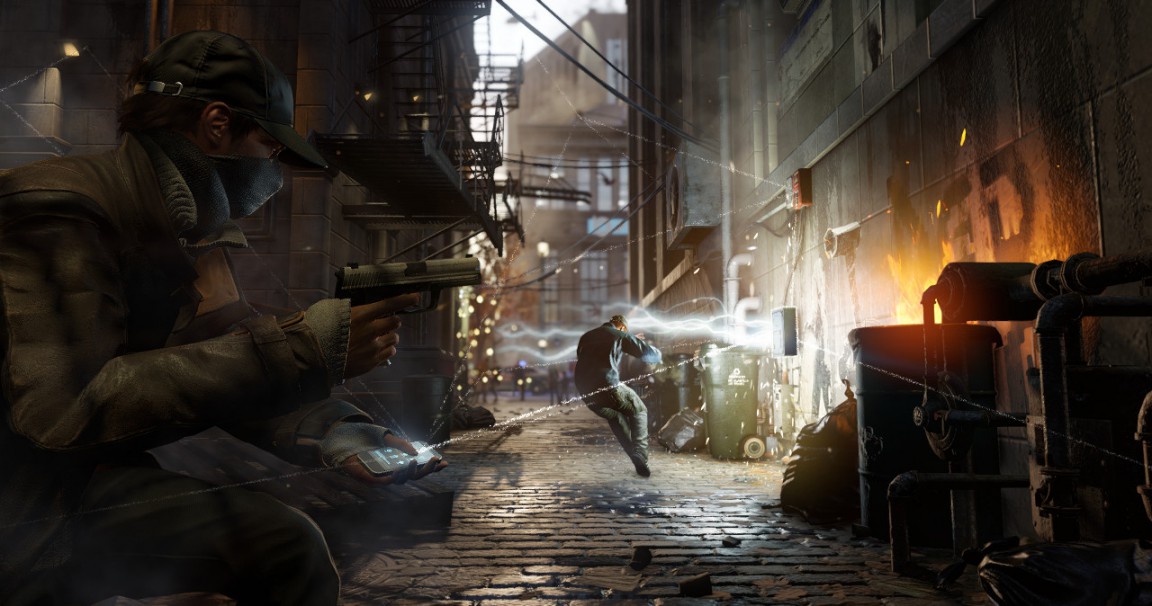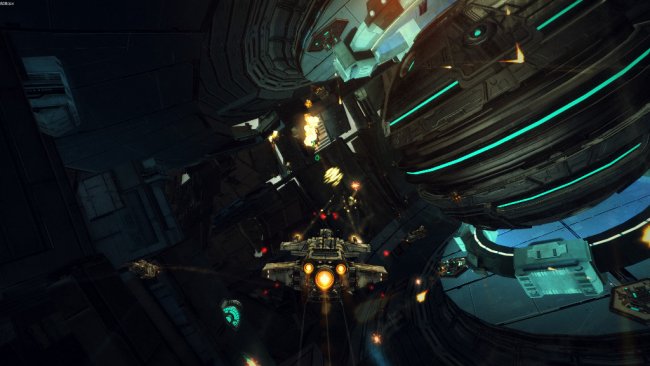

The DS family of portable systems is the best-selling gaming system of all time. Beyond just the obvious addition of glasses-less 3D, the Nintendo 3DS is more than just a DS with a neat screen, it is new hardware that supports new software. And for the most part, the changes are very welcome.
Nintendo 3DS The new Nintendo 3DS has its good and bad features. In general it is a welcome addition to the Nintendo family, and one that gamers will eventually flock to. But a handful of launch day omissions and an underwhelming battery life paired with a low resolution camera might make it worth waiting for the promised updates. Find out more in our full review of the 3DS below.
The look and design:
The design of the 3DS is slightly bulkier than the original DS by necessity, in order to fit the new 3D cameras on the front as well as the 3D screen. To be fair, the previous DS wasn't the most comfortable device ever made, and it was never really a good fit to throw in your pocket. It could be done easily enough, but the square edges and overall width of the device made it easier to carry in a bag. The 3DS is worse.
The 3DS is just a larger device. It’s still light weight, and it isn't really an issue to stick it in your pocket, but it is uncomfortable, and should be done only with baggy clothes, or you risk damaging the device and possibly your poor, unprepared leg. The hardware jammed inside makes this a necessary evil, but rounded corners would have been a nice addition. Still, no one is going to pass up a 3DS just because it is an awkward fit in the pocket.
Along with the added size, there are a few new improvements, though. The first is the inclusion of sliding bars that control the 3D image strength, another for the volume, and one for the Wi-Fi. The slides are easy to use, and well located. Another addition is the analog circle pad. The D-Pad has always been a source of pride for the DS, and the 3DS builds on that with an analog stick that reacts well and encourages smooth movements. It makes complicated moves in games like Street Fighter IV fairly easy, and the slight resistance is a perfect balance for movement.
Nintendo 3DS The shoulder buttons — once a source of annoyance on the DS — have been raised and make a click to indicate that they have been pressed. It sounds like a minor addition, but it transforms the shoulder buttons from an irritation into an integral part of the DS.
The touch screen is something of a mixed blessing, and Nintendo designed the device to require a stylus. That isn't a bad call, especially for some of the games and software coming out for the 3DS, but in a world that is going more and more touchscreen crazy, most gamers will simply use their fingers. The 3DS will usually be alright with that, but it’s not designed for it, and that occasionally shows. The touchscreen also comes with a start, select, and home key, all of which are good to have, and yet all of which require an odd amount of pressure to activate. That is a minor quibble, but it could lead to the keys wearing down sooner than they should.
The 3D in 3DS:
The first thing most people will want to know about the Nintendo 3DS is simply “How well does the glasses-free 3D work?” The answer in a nutshell: It works very well, but you have to be prepared for the realities of it.
The 3DS uses what is called autostereoscopy, which is a style of 3D similar to the 3D you see on printed 3D images. DVD and Blu-ray covers, for example, use stereogram 3D, which is similar in the sense that if you move from side to side, the 3D image disappears.
When you are playing a game on the 3DS, especially one that requires a lot of movement, you will frequently move the device just enough that the 3D effect will disappear. It just happens, and it is inevitable with the technology. But putting that aside, the 3D can also be awesome at times.
Nintendo 3DS A lot of the success of the 3DS will come down to the games themselves, but the technology is there and ready. Sometimes the image can be overwhelming, reminiscent of the old 3D images made of dots, which forced you to star at the center and relax your eyes to see the full image. The same is true with the 3DS, but the sliding bar that controls the intensity of the 3D can help with that. The system also recommends that you rest your eyes for 10 minutes for every 30 minutes of gameplay, and it is a warning you should heed, or risk eye strain and headaches. It isn’t something that will always happen, but it will happen now and again.
Wi-Fi:
The 3DS has a Wi-Fi option that is better than the DS. Along with a more streamlined friends software setup, it makes gaming with friends much simpler. However, the range seems limited to about 20 feet away at most, and for a strong signal you should be within 10 feet. With no 3G connectivity options, this may turn off some gamers, but that is more a limit of technology in general than a problem with the 3DS. That might sound slightly like an apologist’s approach to the 3DS, but the Wi-Fi connectivity generally works extremely well, and offers a lot of potential for the device, even if its range puts it on a short leash.
Battery life:
But then we come to the battery. You can almost be certain that of all the reviews for the 3DS that come flooding out over the next week or so, there is one thing they will all be united on, and that is a loathing of the short battery life. Nintendo claims that the battery is good for around five hours of use, and that is being generous. If you are using it fairly intensely, with the brightness turned all the way up, the volume at full, and the 3D as high as it can go, plus you are connected via Wi-Fi, you will probably run out of juice in less than three hours.
Nintendo 3DS The 3D simply drains the power from a device, and to use a longer-lasting battery, it would significantly impact the weight of the handheld. We still expect to see third-party manufacturers jump to correct this issue with additional and replacement batteries, but to replace the battery you would need to open the case — it is not designed for people to switch them out.
Most people will find themselves frequently relying on the charging cradle, and Nintendo wanted to make that as painless of an experience as possible. While it is still possible to plug the 3DS directly into a wall socket, you can also charge the device by simply setting it in the cradle and letting it power up. From empty to full will take around three hours.
But for as much focus as the poor battery will draw, it is important to note that you can extend the life significantly by simply turning off the 3D. In fact you can extend it by almost twice the life.
Camera:
Another addition to the 3DS is the 3D camera, which uses two small lenses on the outer case to take pictures. Playing with the 3D camera is a lot of fun, and the pictures are often amazing, but the poor camera quality limits this from being little more than a gimmick. Along with an inward facing third lens, the resolution of each camera is 640 x 480, with a .03 mega pixel count.
Nintendo 3DS Display:
Nintendo has improved the display significantly from 256 x 192 resolution on the original DS family has been replaced by 400 x 240 per eye, which the brain processes as 800 x 240 pixels. It is something of a cheat to use the 800 x 240 listing, but however you label it, the display is much improved. The improvement of 16-bit color to 24-bit color capable of 16.77 million colors also helps.
As a result, many games look awesome. Nintendo has never been over concerned about graphics, but they look impressive at times. Again though, much of that comes down to the software, and thanks to backwards compatibility with the DS, even older games will look a bit better, although they are not 3D compatible.
Nintendo 3DS As far as memory goes, the SD card slot means that the amount of memory will be up to you. Data from older DS systems can be wirelessly streamed from DS to 3DS, so switching cards won’t be an issue.
Purchase a Nintendo 3DS




 Grand Theft Auto 5 Guide: The Big Score Guide
Grand Theft Auto 5 Guide: The Big Score Guide Sleeping Dogs Mrs. Chu's Revenge Mission Walkthrough - GamersHeroes
Sleeping Dogs Mrs. Chu's Revenge Mission Walkthrough - GamersHeroes Watch Dogs: Hold On, Kiddo – meet Jackson, hack train
Watch Dogs: Hold On, Kiddo – meet Jackson, hack train Entropy: The Dream of a twitch
Entropy: The Dream of a twitch Civilization V: Brave New World
Civilization V: Brave New World